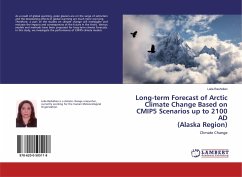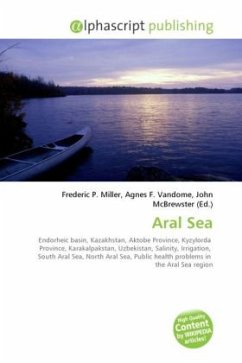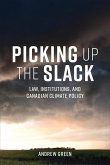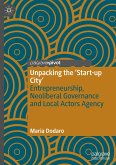The monograph is devoted to a very painful issue of our time - the problem of the Aral Sea, which is considered lost forever. It describes the history of the Aral Sea drying up as a result of complete water diversion from the Amu Darya and Syr Darya river basins for the development of cotton growing to provide raw materials for the cotton industry in Russia. Irrigation of cotton fields by traditional methods led to land salinization. Consequences of cotton monoculture are outlined: lopsided development of Central Asian republics, including lagging behind in the development of industry, including textile industry. Ecological consequences are especially noted, the main among which is complete drying up of the Aral Sea and accumulation of more than 10 billion tons of salts in its place and their transfer by wind to the surrounding territories up to 500 km and more. On the basis of hydrological observation data, annual inflow of a large volume of salts to irrigated fields has been determined, intensifying their salinization. To prevent salinization, the author considers it necessary to accelerate the transfer of the entire area of crop production to drip irrigation according to the relevant Decree of the President of Uzbekistan Sh. M. Mirziyoyev within 1-3 years.

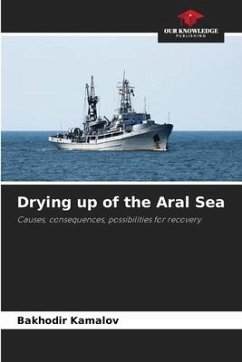
![Narrative of an Expedition to the Polar Sea, in 1820, 1821,1822 & 1823 Commanded by F. Von Wrangell [Drawn Up From His Papers and Those of the Other Officers by G. Engelhardt] Ed. by E. Sabine [Tr. by E.J. Sabine] Narrative of an Expedition to the Polar Sea, in 1820, 1821,1822 & 1823 Commanded by F. Von Wrangell [Drawn Up From His Papers and Those of the Other Officers by G. Engelhardt] Ed. by E. Sabine [Tr. by E.J. Sabine]](https://bilder.buecher.de/produkte/66/66817/66817637m.jpg)
